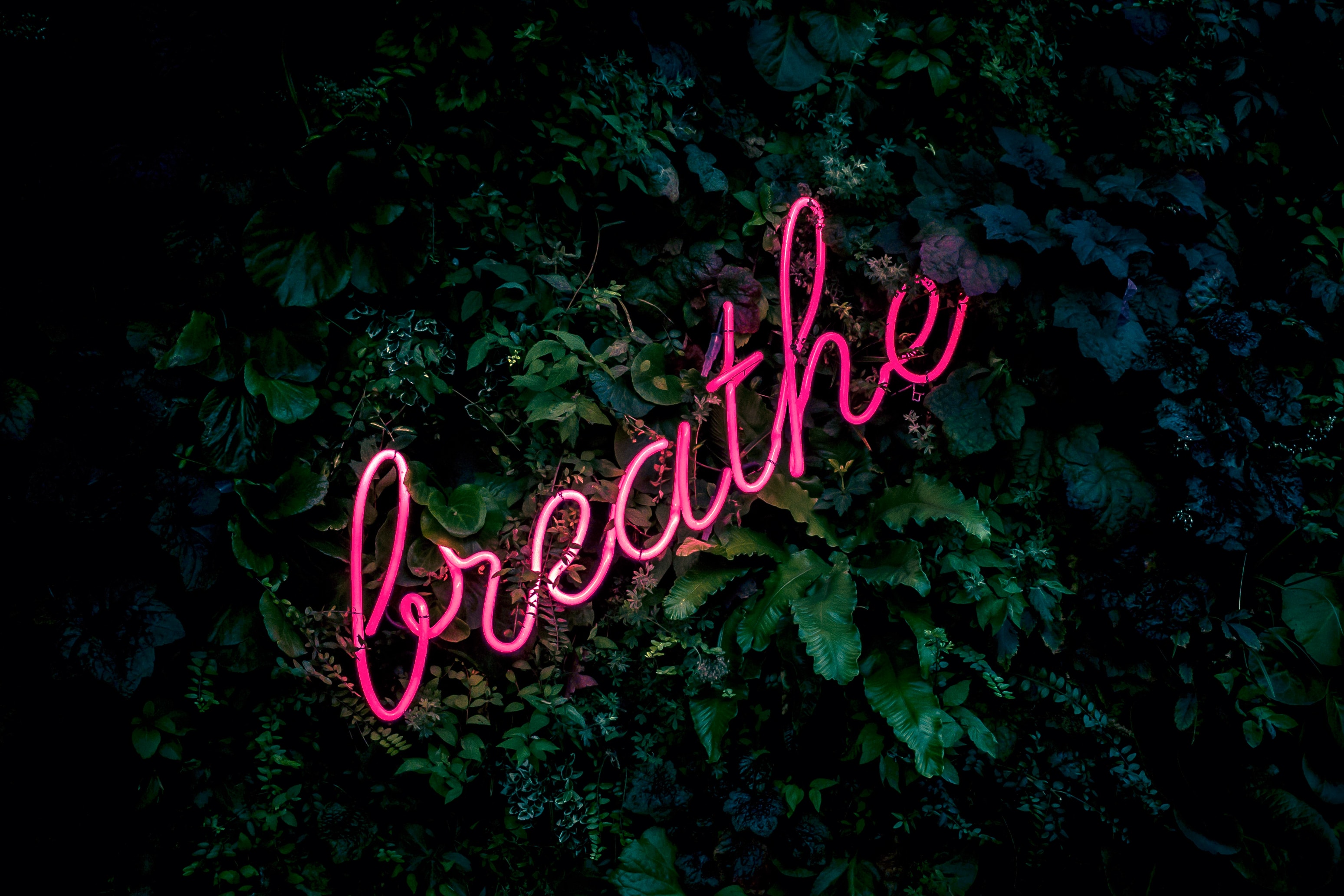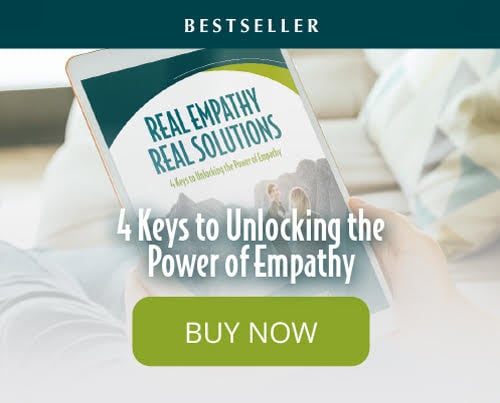“Now is the age of anxiety,” wrote Depression-era poet W. H. Auden, but now could easily be the age of anxiety too. To be human is to be anxious; anxiety is a natural, fight-or-flight instinct intended to keep us alive, but it can also make life unbearable. These natural remedies for anxiety may help you.
Estimated reading time: 4.5 minutes
 Heartmanity is proud to partner with outstanding companies that we wholeheartedly recommend, so this post may contain affiliate links. You can read our full disclosure here.
Heartmanity is proud to partner with outstanding companies that we wholeheartedly recommend, so this post may contain affiliate links. You can read our full disclosure here.
Statistics on Anxiety
Mental Health America reports that a quarter of the adult population in America suffers from one of the six main anxiety disorders. According to the Centers for Disease Control and Prevention, over 7 percent of children and teenagers aged 3-17 years old have been diagnosed with anxiety—that's over 4 million kids!
For those who struggle with anxiety, every day is an exhausting charade of pretending to be okay, an onslaught of racing thoughts and negative self-talk.
While nearly 42 million adults struggle with a diagnosed disorder every year, millions more experience the symptoms without a diagnosis. How do we find ease in the age of anxiety? How do we find peace during a panic attack? (Hint: emotional intelligence can help.
See our post "What Is Emotional Intelligence?" to help you understand what EQ is.)
First things first, are you experiencing anxiety? (This is where EQ is incredibly helpful.)
Common Anxiety Symptoms
Body - chest pain, racing heart, shortness of breath, stomach discomfort, sweating
Mind - racing thoughts, worry, nightmares, irritability
Behavior - avoidance, fear of social situations, feeling jumpy, inability to focus, compulsive rituals, nervous ticks
If you answered yes above, or want to help a teen with anxiety, here are helpful ways to enhance mental health. Learn natural remedies to bring more calmness to your daily life.
Handle Anxiety More Effectively Seven Different Ways
 Breathing Techniques.
Breathing Techniques.
Conscious breathing gives your mind something to focus on and increases the oxygen in your brain, which is vital for neural activity and hormone regulation. Deeper breaths also cue the brain that you’re not actually in survival mode since we most often breathe shallow and fast when upset. Try a mindful breathing technique like square breathing, bumble bee breath, or belly breathing.
Square Breathing
This breathing technique requires inhaling for 4 counts, holding full for 4 counts, exhaling for 4 counts, holding empty for 4 counts, then inhaling again. Repeat this cycle, slowly increasing the count as your breaths lengthen.
Bumble Bee Breath
With this exercise, close your eyes and plug your ears while quietly creating a sort of white noise bubble inside your own head. Focus on this safe space.
Belly Breathing
Belly Breathing is a three-part inhale and exhale. Inflate your belly area first, then into your ribcage, then the top of your chest. Exhale by deflating your belly first, then your ribcage, then your chest.
Remember all breathing techniques can be enhanced by essential oils of your choice. Many are also anti-bacterial and help to boost your immune system!
For relief and expert help, get this course based on brain science to overcome depression and anxiety.
 Grounding.
Grounding.
Focusing on concrete details requires you to be present. Slow your racing thoughts and simplify frantic situations by grounding.
For instance, name five things you see, four things you are touching, three things you hear, two things you smell, and one thing you taste.
An alternate way to ground is to name one thing you see, hear, and feel; then two things you see, hear, and feel; then three things, etc. Continue for as long as you need to calm yourself.
You can also use certain essential oils for grounding such as Frankincense, Bergamot, and Clary Sage

 Physical activity, especially out in nature.
Physical activity, especially out in nature.
As with breathing and grounding, doing a physical activity helps your mind focus on the present and increases oxygen flow to your brain and vital organs. Take a walk or run; practice yoga; garden or mow; kayak or find an online fitness routine; even wash the dishes. If you’re in public, try clenching and releasing your fists, slowly lifting and lowering your heels, or slowly pressing your thumb into each one of your fingers.
Experimenting with varying techniques is helpful. Next time anxiety creeps up on you, you'll have multiple tools in your tool chest.
 Try high-tech.
Try high-tech.
Technology might give us all a little anxiety, but now there’s an app for that, too. The Anxiety and Depression Association of America has an extensive list of mobile apps for tracking and combatting anxiety.
Some provide breathing exercises and techniques from Cognitive Behavioral Therapy (CBT) and help identify symptoms. Even Apple watches come with a built-in breathing app now. Another great calming technology is the Apollo Wearable, which also has research behind it.
High-tech tools are not a substitute for treatment and support when it comes to an actual anxiety disorder. Coupled with practicing mindfulness., they may be a helpful tool for soothing and calming.
 Occupy yourself with a project.
Occupy yourself with a project.
Anxiety often feels like an inescapable loop, but you can break the cycle by transitioning to a new activity. Preempt anxious situations by keeping a list of go-to activities.
If the many types of journaling don't appeal to you, try adult coloring books and entangles; they're a popular new strategy for self-soothing. And of course, there's updating your social media, home projects, crafts, or cooking. Most times, this technique is usually free or inexpensive while also being productive, satisfying, and distracting.
The more engaging the project, the less you'll focus on anxious thoughts and feelings.
 Transport yourself mentally.
Transport yourself mentally.
A completely free coping technique you can do anywhere is visualization. Imagine a time when you’ve felt confident, safe, or calm.
Envision the details as concretely as you can: the sounds, tastes, smells and feels of that moment. Submerge yourself in it.
Related reading: "How to Use Visualization to Get Amazing Results."

 Use physical sensations to shift emotions.
Use physical sensations to shift emotions.
Refocusing your mind on the physical can diffuse racing thoughts.
Anxiety builds in the frontal lobes of your brain, the headquarters of analytical thought. You can slow racing, looping thoughts by transferring focus to the “feeling brain,” the region by your spinal column where sensory input is received.
- Take a warm bath or shower with essential oils.
- Hold an ice cube in your hands.
- Tap on pressure points like your sternum.
- Yawn consecutively five to seven times.
- Even fake a smile or laugh—the sensation of a laugh in your belly and chest combats anxiety symptoms; a fake smile sends “happy” neurotransmitters into your brain.
Emotional fitness takes practice, but there is a way through the the tunnel of anxiety.
Related reading: "Why Emotional Health Depend on the Vital Mind-Body Connection."
Closing Thoughts
The power and prevalence of anxiety disorders may be daunting, but the range of coping techniques is just as impressive. For one in four American adults diagnosed with an anxiety disorder and countless more struggling undiagnosed, relief might seem unattainable.
What works in one situation might not in another. What gives a young person solace might not work as he or she ages. But there is hope.
Rather than seeking a cure-all, mix and match these 7 healthy coping techniques to find the right fit for your situation. For each surge of panic, there are many manageable, practical ways to effectively minimize that anxiety.
If you've asked yourself lately, "Why am I emotional?" or "How do I deal with anxiety?" dig in and try one or more of our strategies above that are simple yet effective. Remember that change takes consistency and focus to make new habits stick.
And when you're looking to make lifestyle changes, we recommend the holistic practices of Ayurvedic Principles.









